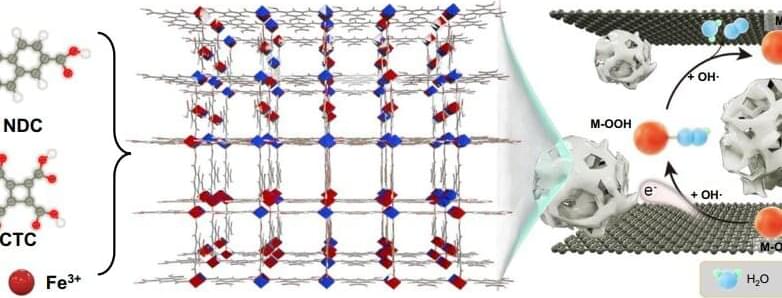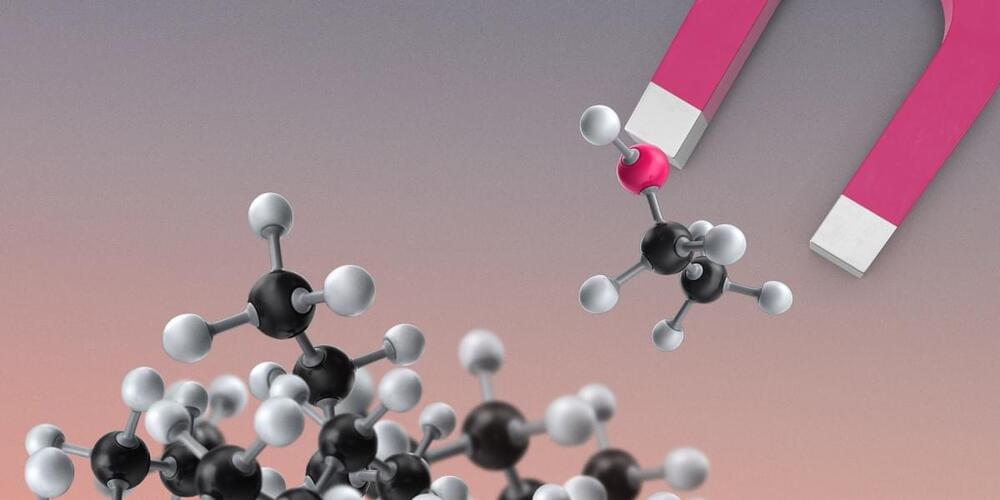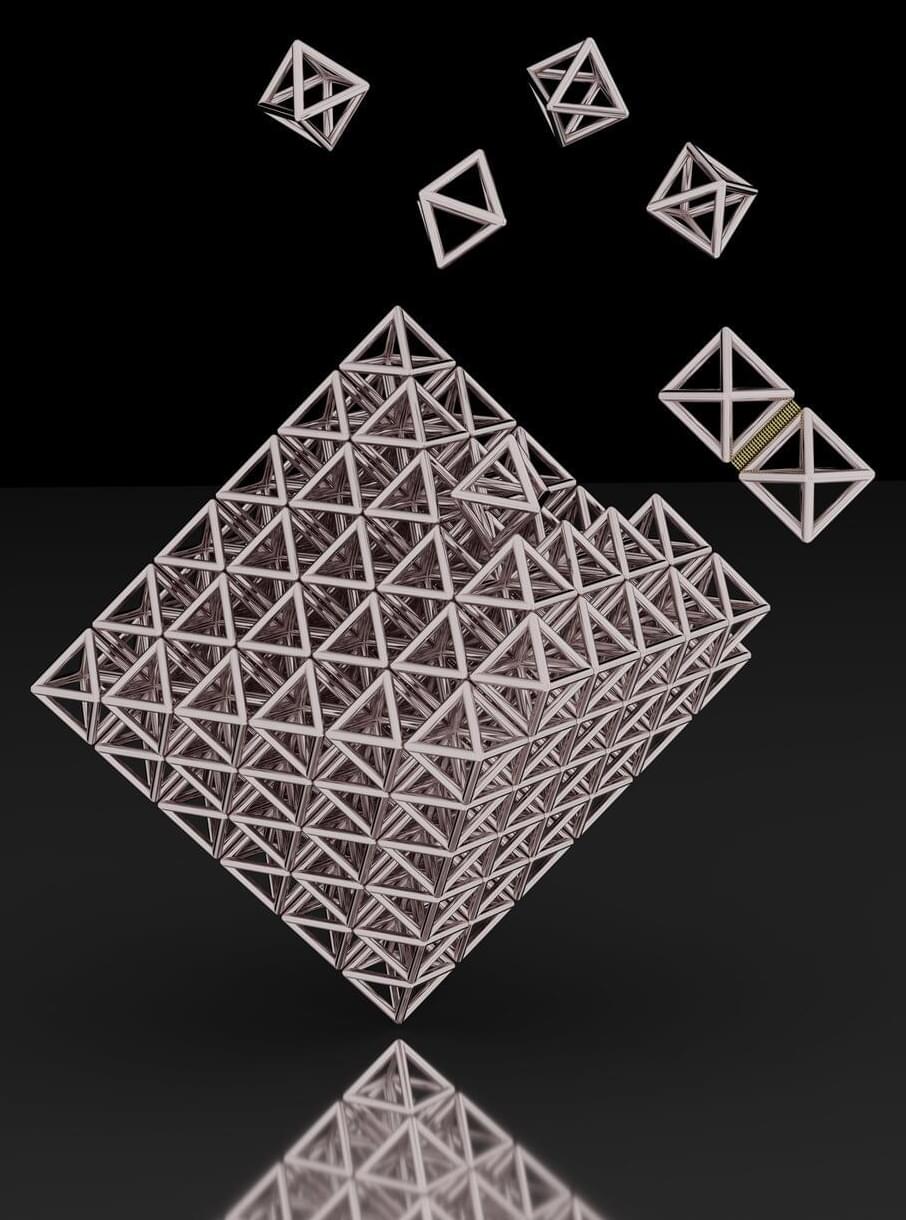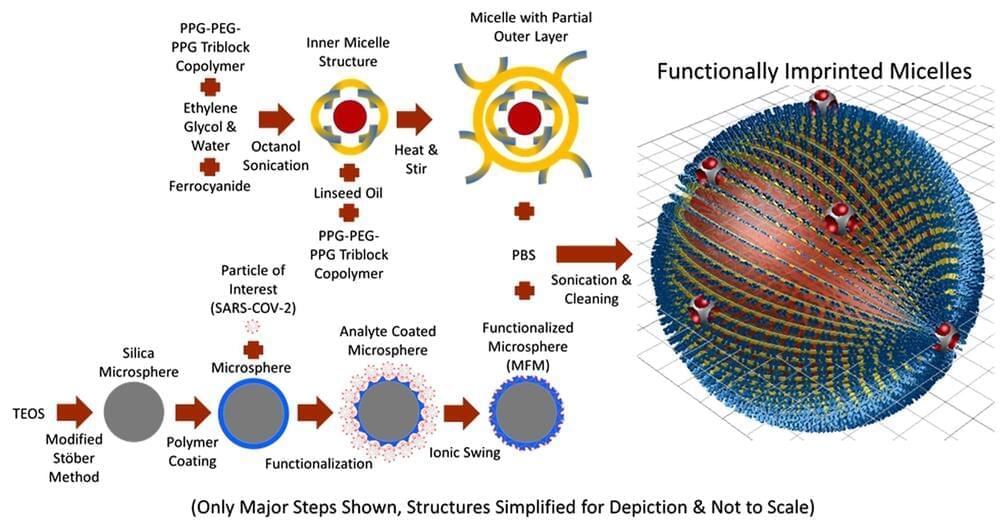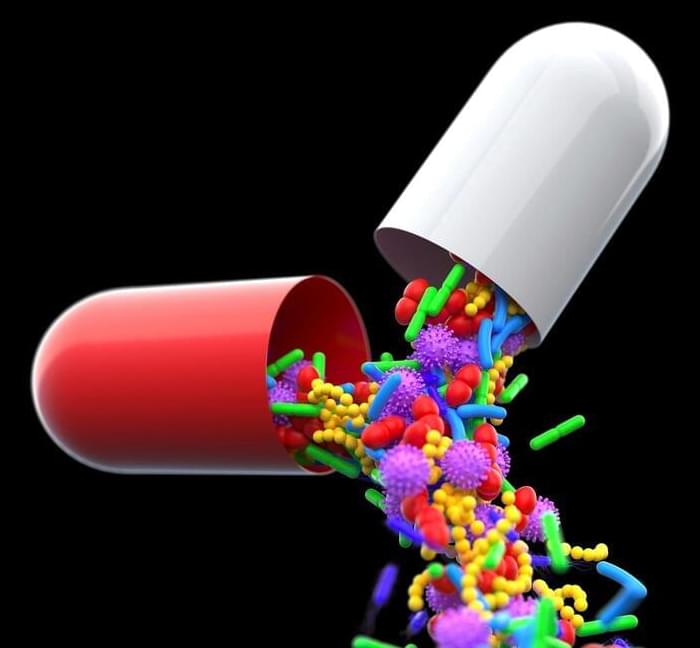Oct 28, 2022
Bound NASA instrument preparing to brave the harsh atmosphere
Posted by Quinn Sena in categories: chemistry, space
NASA scientists are preparing to paint the most detailed picture to date of the atmosphere of Venus when the aptly named DAVINCI — or Deep Atmosphere Venus Investigation of Noble Gases, Chemistry, and Imaging — mission drops a probe to the planet’s surface.
When the 3-foot-wide (0.9 meters) descent sphere of the DAVINCI mission takes its one-way parachute trip to Venus’ surface in the early 2030s, it will be carrying the VASI (Venus Atmospheric Structure Investigation) instrument along with five other instruments. VASI will collect data regarding the temperature, pressure and winds of Venus’ atmosphere as it makes its hellish descent and enters the planet’s crushing lower atmosphere.

